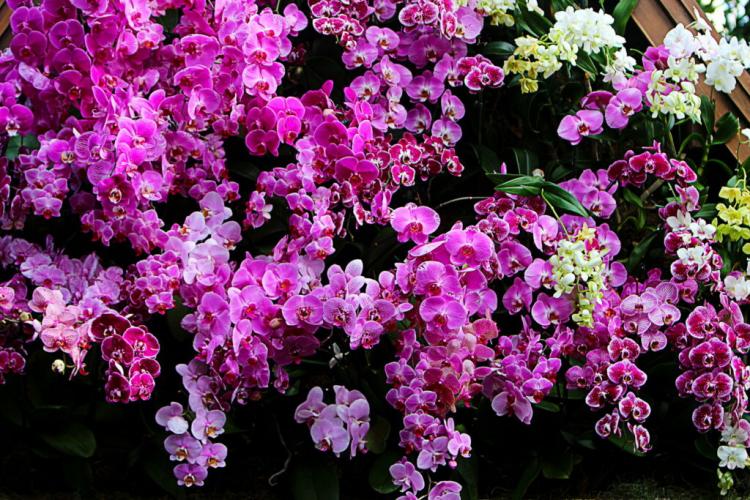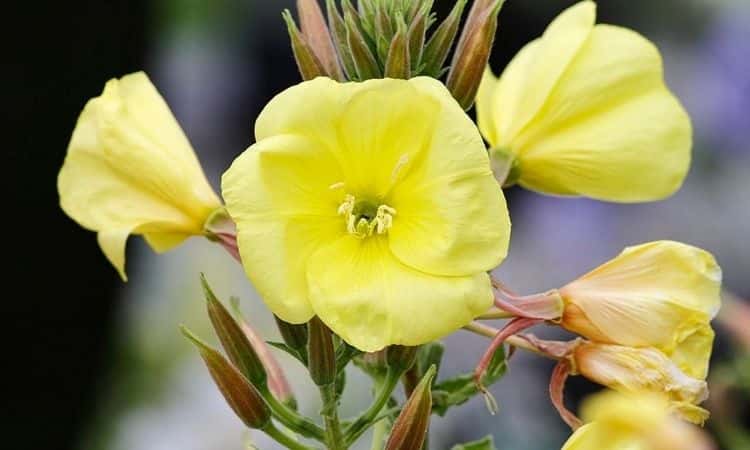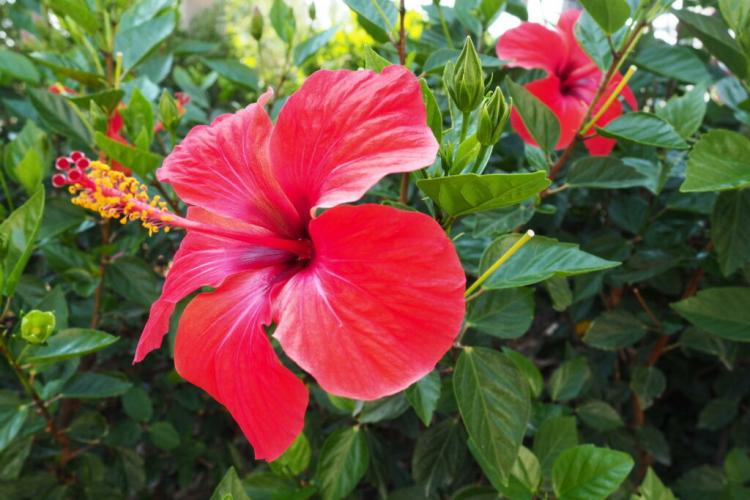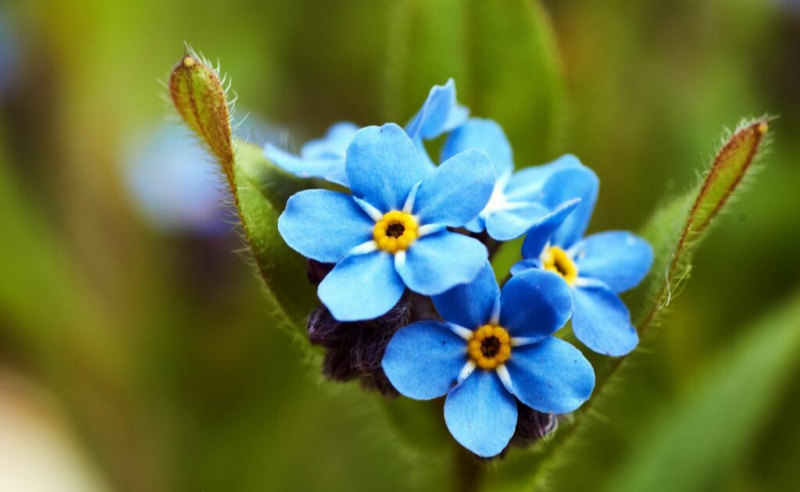Fertilizing orchids: procedure & care tips from the experts
Orchids need special nutrients to develop their flowers. We show you how, when, and with what to fertilize orchids correctly.
When thinking of orchids, many people only think of the well-known butterfly orchid ( Phalaenopsis ). However, more and more new varieties and species are entering the market, the nutritional requirements of which are as varied as their appearance. In general, however, the epiphytic orchids – also called epiphytes – require little nutrients because they are characterized by a very slow metabolism. You should therefore be extremely careful when fertilizing, as the sensitive roots can quickly be burned. In this case, less is more.
In nature, orchids grow in places that most other plants cannot colonize because of the difficult supply of water and nutrients. The reason for this is that their aerial roots enable them to live far from Earth. The nutrients are absorbed directly from the surrounding water via the root surface. So that the slightly different nutrient absorption also works in the living room, we explain how to water and fertilize your orchid correctly.
Fertilize orchids: healthy roots are a basic requirement
Table of Contents
A healthy root system is particularly important for orchids because the nutrients must be absorbed quickly and efficiently directly from the water. Proper watering of an orchid is essential for the roots to stay healthy and for nutrients to be absorbed ideally. It is best to use the immersion method:
- Fill the bucket with low-lime water at room temperature
- Immerse the root ball in a bucket of water for a maximum of 10 minutes
- Take the root ball out of the water and let it drain
- Carry out the next dive when several areas in the substrate are well dry
In addition, happy orchid roots need an airy environment. Repot your orchid when the substrate begins to collapse as a result of decomposition processes. If the roots are whitish-silvery or green, you’ve done everything right.
Expert tip: A transparent planter not only gives the roots lightly but also helps to determine the right time for the next watering and repotting.
When to fertilize orchids
Proper fertilization is another crucial criterion that plays a role in the development of a healthy root system. The right fertilization ensures strong roots, which in turn ensure better absorption of the nutrients contained in the fertilizer. You should make sure that your orchid is continuously supplied with a low concentration of nutrients. This means that you should feed your plant with fertilizer every two weeks during the growth phase. If your orchid is resting in winter, you should not fertilize during this time. The resting phase begins with the shedding of flowers and ends with the first new shoot in spring. Even after repotting, orchids should not be fertilized for the first four to six weeks.

The right fertilizer for orchids
Because orchids are very special, they also need a special environment and care. Therefore, it is best to use a special orchid fertilizer when caring for the colorful jungle inhabitants. In a pinch, however, a commercially available flowering plant fertilizer can also be used. However, you should only give a tenth of the recommended dose, otherwise, the nutrient concentration is too high for the weak eaters.
What cannot be avoided, however, is the choice of a water-soluble fertilizer product. Unfortunately, fertilizing on deposit becomes a problem. But because of the nutrient uptake via the aerial roots and the very coarse substrate on which orchids are cultivated, the nutrients have to be absorbed largely directly from the irrigation water.
You might so like: Orchids: Expert Tips On Purchase, Location, Care And Cuttings
Organically fertilize orchids
Orchids absorb nutrients directly from the irrigation water. Most organic fertilizers are therefore unsuitable: the complex form of these fertilizers must first be broken down by microorganisms before the nutrients are available to the plants. The composition of compost, manure, and other natural fertilizers is also unsuitable for sensitive plants. However, there is also an organic alternative for orchids – this is called guano.
This fertilizer, which consists of the excrement of sea birds or bats, already has a water-soluble nutrient content due to natural conversion processes. To ensure that your orchid is adequately supplied, you should apply a liquid fertilizer containing guano to the irrigation water every two weeks.
Fertilize orchids with minerals
Mineral fertilizers are available directly to the plant because they are water-soluble. In this way, your orchid can absorb the nutrients it needs directly from the irrigation water. Use a liquid fertilizer such as the organic liquid fertilizer for orchids from CUXIN DCM or dissolve fertilizer in the granulate form before fertilizing. Simply distributing the granulate in the root area or using fertilizer sticks is not recommended. On the one hand, the fertilizer can collect on the ground and therefore not be absorbed, and on the other hand, the nutrient concentration is not homogeneous in the species. Therefore, burns to the roots quickly occur in the surrounding area.
It is easiest to add the recommended amount of orchid fertilizer to the irrigation water every 14 days during the growth phase. Water your orchid, as usual, using the immersion method. Stick to the dosage instructions or even tend to use a slightly lower dose – otherwise, mineral fertilizers quickly lead to salt deposits on the roots. The roots are then burned due to over-fertilization. If you want to add the icing on the cake, use a nitrogen-based fertilizer from new shoots to bloom formation. From the flowering phase onwards, you can switch to a phosphate-heavy fertilizer.
Fertilize orchids with home remedies: coffee grounds and Co.
To avoid buying an expensive orchid fertilizer, there is one of the other home remedies. For example, you can fertilize your exotic plants with yeast or coffee grounds, although not all orchids can tolerate coffee grounds. Just use a teaspoon of coffee grounds as a test fertilizer to see how your orchid reacts. You can also serve your graceful window sill dweller a tasty tea. This is then poured every two weeks. To make a compost tea, follow these steps:
- Only plant materials rich in leaves are used, possibly also vegetable scraps
- Mix 1 kg of plant material with 1 liter of water in a container
- Let rest for 24 hours at a minimum of 20 ° C
- Sieve the mixture and collect the liquid. The tea can be kept for a few weeks when covered and can be used several times
The plant material that has already been used can also be processed into tea several times.
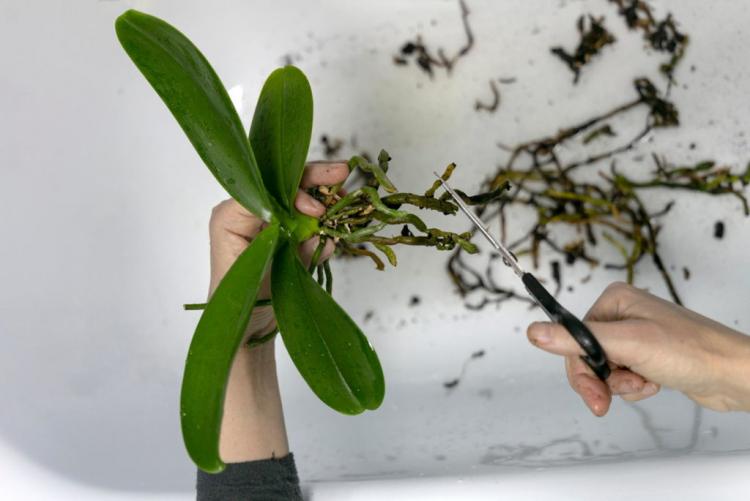
Recognize overfertilization in orchids
Mineral fertilizer is the best solution for orchids, but the fact that they can easily overdose is particularly noticeable with orchids that can be easily overfertilized. You can see that there is too much nutrient salt when the roots of your orchid turn black and start to rot despite professional watering. A clear sign of over-fertilization is also salt deposits on the roots. Your orchid can then only be saved – if at all – in the following way:
- Remove roots from an old substrate
- Rinse the roots with rainwater
- Transfer to a coarse, nutrient-poor substrate
- Do not water until the following day
- Adjust fertilization first and reduce watering
Over-fertilization of orchids often leads to death and should therefore be avoided as a matter of urgency. Under certain circumstances, listed below, orchids are even particularly susceptible to harmful excess nutrients.
- Sick or poorly kept orchids
- Orchid species with very fine roots
- With hard tap water (high calcium and magnesium content)
In these cases, you should only give half the recommended dose of fertilizer. Otherwise, the full dose of fertilizer can be given.
In addition to too much fertilizer, there are other common care mistakes with orchids. In our special article, we will introduce you to you.
